How Well Do Water Distillers Work?
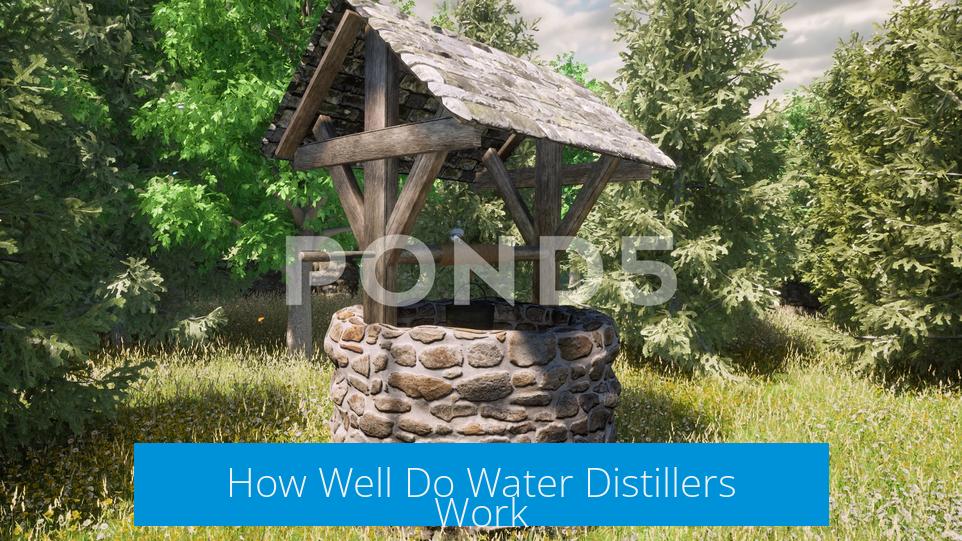
Water distillers effectively remove a broad range of impurities by boiling water and condensing its steam, creating highly purified water. They excel at eliminating dissolved solids, microbes, and volatile chemicals with higher vapor pressures than water. However, their performance depends on maintenance, energy input, and specific contaminants present. Distilled water quality is generally high but requires proper operation and periodic equipment cleaning to maintain purity.
General Effectiveness and Water Quality
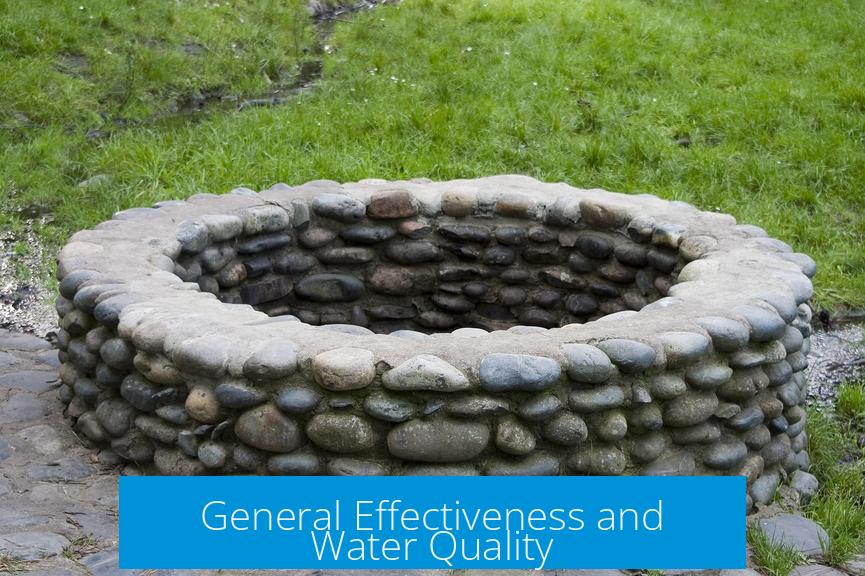
Water distillation works by heating water until it vaporizes, leaving behind contaminants with lower boiling points or non-volatile impurities. The vapor condenses into a separate container as purified water. This process typically removes:
- Dissolved salts and minerals
- Microorganisms, such as bacteria and viruses
- Heavy metals
- Many organic compounds with high boiling points
Users generally report that distilled water from these devices tastes clean. Some describe a “sour” smell if activated carbon filters are not used alongside the distillation process, reflecting residual volatile organic compounds.
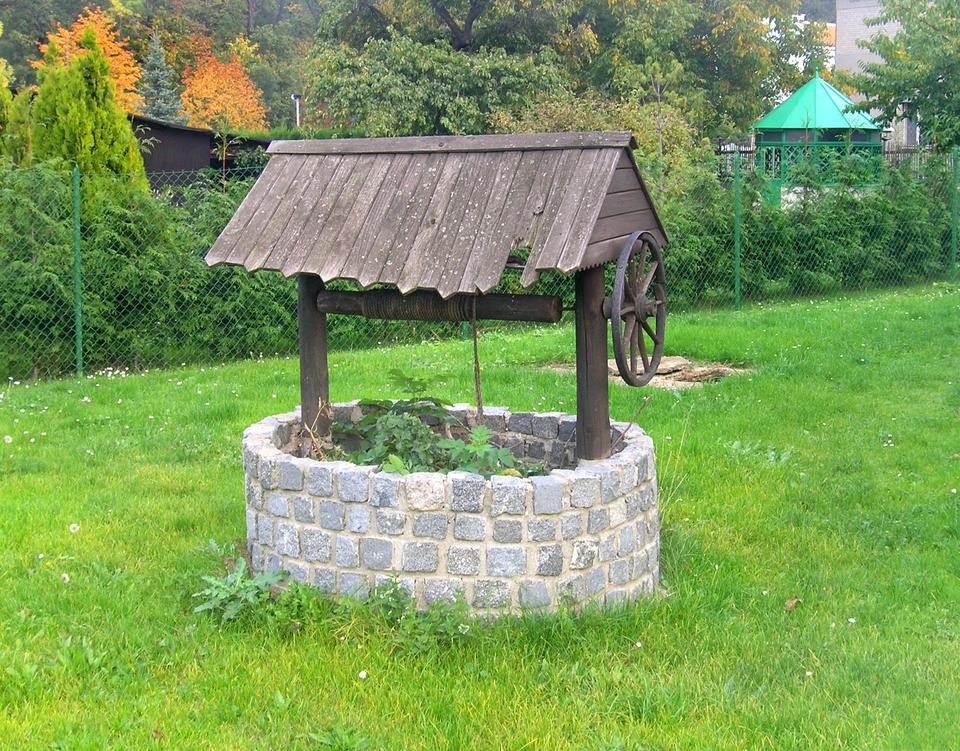
Distillation struggles if the water contains substances with lower vapor pressures than water. For example, acetone or alcohols may pass through the process unchanged because their boiling points are similar or lower than water, which can compromise purity. This fact limits distillation’s effectiveness for water contaminated with certain organic solvents.
Conductivity testing is a common method to check water purity after distillation. A rise in conductivity suggests the presence of ions or dissolved solids post-distillation, which may indicate the need for maintenance. Some long-term users notice their units produce slightly less pure water after several years, emphasizing the need for periodic cleaning and component replacement.
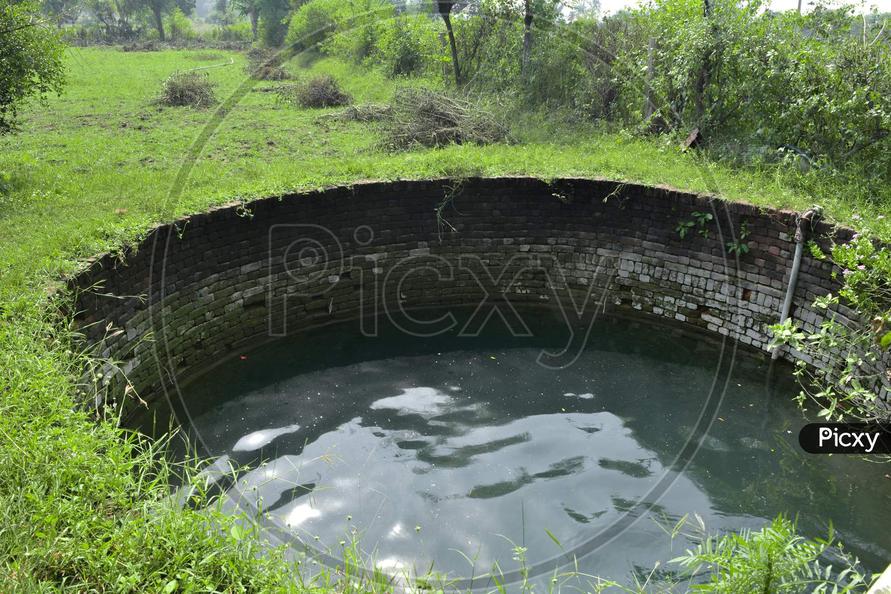
Maintenance and Durability Issues
Water distillers require regular cleaning. Scale buildup, particularly of calcium carbonate, can occur inside the boiling chamber. Manufacturers usually recommend cleaning with acidic solutions, such as diluted nitric acid. This helps dissolve mineral deposits and restores efficiency.
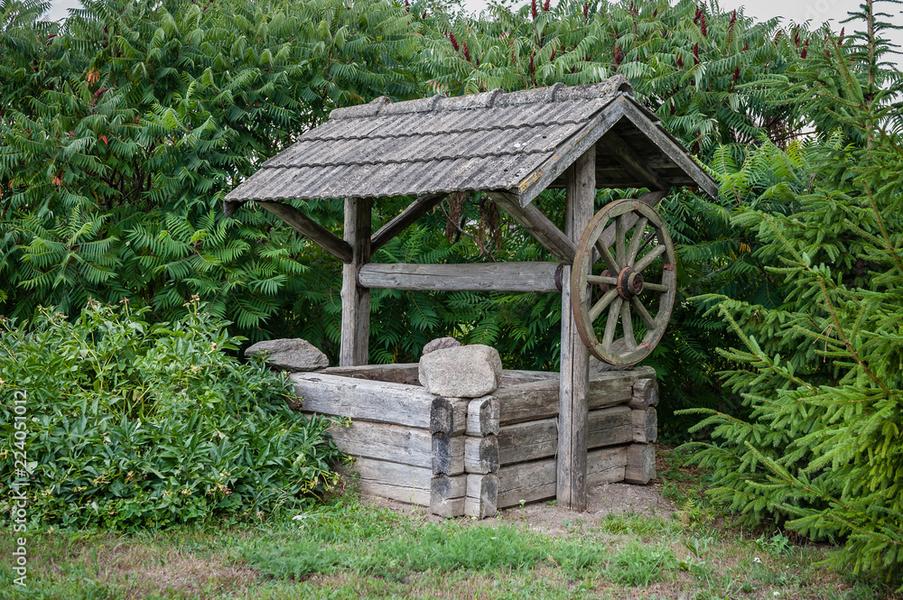
Rust may develop, particularly on lids and steel parts not made of high-grade stainless steel. Even users who clean daily report occasional rust spots, which may affect water taste and machine longevity. Rusting components also pose maintenance challenges.
The device’s physical design is crucial. Some distillers use friction-fitted lids sealed with silicone gaskets. Vapor pressure can sometimes dislodge these lids during operation, releasing steam and reducing yield. Models equipped with latches that securely lock the top condenser to the boiling chamber perform better under pressure.
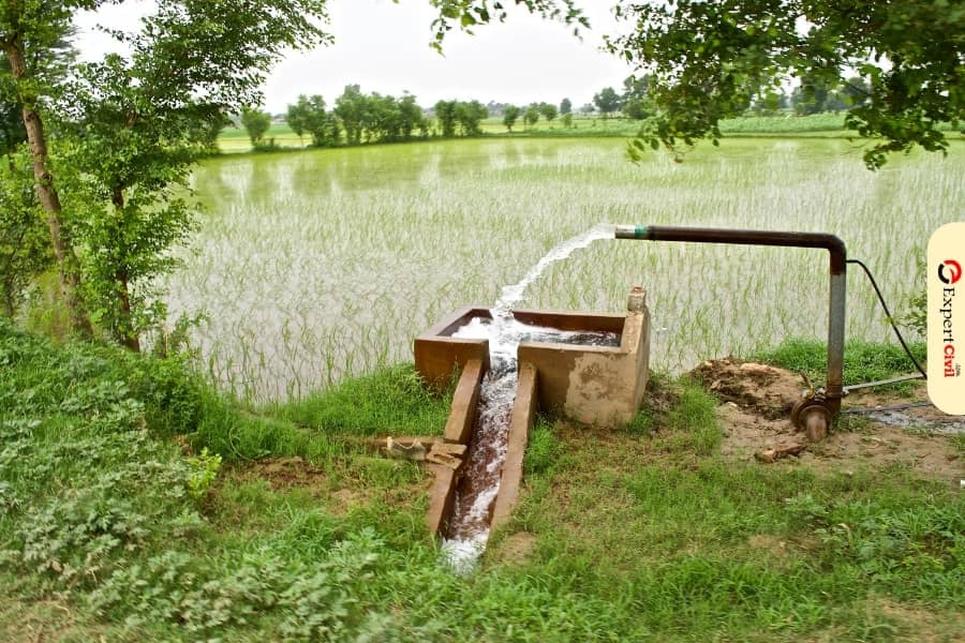
Unexpected deposits occasionally appear in distilled water bottles. Some users report white flaky substances floating in random bottles, which may resemble insulation flakes but are smaller. This occurrence seems sporadic and device-dependent. Thorough bottle cleaning and replacement may mitigate this issue.
Energy Efficiency and Convenience
Water distillation is energy-intensive. It involves boiling water and cooling vapor, which demands significant electrical power. Distillers typically consume around 700 watts during operation.
Producing one jug of distilled water usually takes one to two hours. This timeframe depends on the device’s capacity and heating element power. While the process is simple—fill the unit and press a button—it generates heat and consumes electricity that can be costly.
Users often compare distillation to filtration for efficiency. Filters use less energy and are faster but may not remove all contaminants effectively. Distillers guarantee removal of heavy metals and microbes that some filters miss, but at greater energy cost.
Individuals without immediate access to commercially distilled water find home devices convenient. They allow producing distilled water as needed. However, in areas with low electricity costs or access to distilled supplies, buying distilled water commercially is more practical.
Comparative Preference and Usage Considerations
The decision to use a water distiller depends on water quality goals and intended application. For scientific and medical purposes, distilled water is often essential due to its high purity.
Other uses, such as drinking water, do not necessarily require distilled water. Some experts argue drinking distilled water regularly may reduce mineral intake and is unnecessary if tap or filtered water meets safety standards.
Alternative purification methods, such as deionization (DI) or reverse osmosis (RO), offer advantages in energy efficiency and speed. DI systems can cost less than $100 and remove ions without boiling. RO removes many contaminants with moderate energy use. These methods might suit users prioritizing convenience and energy savings over absolute purity.
Distillers’ relatively slow operation and high energy requirements deter some users, especially if the sole goal is improved taste or moderate contaminant removal.
Summary Table: Advantages and Limitations of Water Distillers
| Aspect | Advantages | Limitations |
|---|---|---|
| Water Purity | Removes salts, metals, bacteria, viruses; produces nearly pure H2O | Does not remove low-boiling organics (e.g., alcohols); may retain volatile chemicals |
| Maintenance | Simple to clean with acids; stainless steel resists corrosion | Requires daily cleaning; risk of rust; gasket and lid durability issues |
| Energy and Time | Easy one-button operation; suitable for home use | Consumes ~700 watts; distillation cycle can last 1-2 hours |
| Cost and Convenience | Produces distilled water on demand; avoids buying bottled water | Electricity cost can exceed commercial distilled water price |
| Alternatives | Highly pure output unmatched by some filters | DI and RO systems more energy-efficient and faster |
Key Takeaways
- Water distillers produce highly pure water by boiling and condensing steam.
- They effectively remove minerals, microbes, and many contaminants but not all volatile organics.
- Regular cleaning is essential to maintain purity and prevent rust.
- Devices consume significant energy and require time to complete distillation.
- Design features like secure latches improve safety and performance.
- Alternatives such as DI and RO offer energy-saving benefits but differ in purity level.
- Choosing a distiller depends on specific needs, budget, and water use goals.
How Well Do Water Distillers Work? The Honest Scoop on Distilled Water Magic
Water distillers work quite well at producing highly purified water, especially when used properly and maintained regularly. They remove most contaminants by boiling water, capturing steam, and leaving impurities behind. However, effectiveness depends on water source, unit quality, and upkeep, plus there are energy and convenience trade-offs to consider. Let’s unpack this mystery like a detective with a magnifying glass… but for water.
Imagine you just bought a water distiller. You want crystal-clear, fresh-tasting water. Does it deliver? Generally, yes. Users commonly praise their units for excellent purification. One enthusiastic owner reports, “They work great,” but with an important tip — use the activated carbon pack if the water smells sour. That’s your water’s way of saying, “Hey, I’m cleaner but not perfect!” The carbon helps with odors and some remaining chemicals.
Distillation is a straightforward concept. Heat water till it boils, collect the steam, cool it, and enjoy pure H2O. This skips everything messy and nasty left behind. But, a tech note: distillers work best when your water isn’t mixed with things like acetone or alcohol — these low-vapor pressure liquids can mix with steam and sneak through. For typical tap or well water though, the process is reliable.
How pure is that water? Long-time users report a decade of flawless operation, though after about ten years, little conductivity shows up, meaning tiny mineral traces may creep through. Testing conductivity yourself offers peace of mind.
Maintenance comes up a lot — and for good reason. Distillers demand care. Rust is common, especially on lids or parts exposed to moisture. Regular cleaning varies from lemon granules included with many models to more industrial solutions like dilute nitric acid. One user warns: “I tried using sodium bicarbonate once while waiting for lemon granules, and the water tasted funky ever since.” Lesson learned: stick with recommended cleaners.
Speaking of surprises, some users report “white flakes” floating in the distilled water. These irregular bits resemble insulation flakes and seem random. While not exactly a health hazard, they creep into the water’s aesthetic and trust factor. Thorough cleaning of bottles and distiller parts helps keep flakes at bay.
Physical design also matters. Some units have friction-fit tops sealed by silicone gaskets. Under steam pressure, this can pop open — not ideal when hot steam is escaping freely like eager puppies. Devices with firm latches are advisable for safety and better seals.
Energy use is the elephant in the room. Distillation is energy-hungry. Expect around 700 watts per cycle, mostly spent creating steam and then cooling it back. It takes an hour or two to make a gallon or so. That translates to higher electric bills and possibly warmer rooms (fun for winter, less so for summer). For casual users, convenience is decent: fill, power on, and wait. But efficiency-minded folks may prefer filters or buying distilled water.
Here’s the kicker: why bother with a distiller at all? Some argue that alternatives like deionized water systems cost less than $100 and need less energy. If your goal is lab-grade water, maybe stick with those options. Others claim drinking distilled water regularly can be harmful because it lacks minerals your body craves.
So, what’s the takeaway?
- If you want very pure water and don’t mind spending an hour and some electricity daily, a distiller works well — especially with the right maintenance and carbon filters.
- Rust and design flaws like loose lids can spoil the experience. Opt for sturdy stainless steel models with secure latches.
- Energy consumption is significant; if you need distilled water only occasionally, buying it or using filtration may save money and hassles.
- Test your distilled water’s quality if unsure, especially after years of use.
- If weird white flakes or funky tastes appear, clean carefully and check the cleaner used. Avoid random substitutes.
In the world of clean water, distillers stand as reliable workhorses. They are not flashy or lightning-fast but steady and thorough. They shine brightest when your priority is purity and you’re okay with a bit of upkeep and energy cost.
What about you? Could you handle the daily cleaning ritual for perfectly pure H2O, or does the hustle sound worse than buying bottled water? Are the perks worth the juice (literally)? Your answer might swirl like steam in your next distillation session.
How effective are water distillers at removing contaminants?
Water distillers remove most contaminants by boiling water and condensing the steam. They work well unless the water contains substances with lower vapor pressure, like alcohol or acetone. Using an activated carbon filter can improve taste and remove odors.
What maintenance challenges should I expect with a water distiller?
Regular cleaning is necessary to prevent rust and buildup. Some parts may rust over time, especially lids. Using recommended cleaners like dilute nitric acid helps. Avoid baking soda, as it can cause off flavors in water.
How energy efficient are water distillers?
They use around 700 watts and take an hour or more to process a jug of water. The process is energy intensive compared to simple filtration. It’s fine for occasional use at home but less efficient than commercial water.
Are water distillers convenient for everyday use?
Once filled, they require minimal attention—just press a button and wait. However, they need daily cleaning and care to avoid rust. Some models lack secure lids, which can cause issues during operation.
Is distilled water always better than filtered water?
Distilled water is very pure but lacks minerals. For drinking, filtered water often suffices and uses less energy. Some prefer distillation for specific uses, but daily consumption of distilled water isn’t necessary or always beneficial.


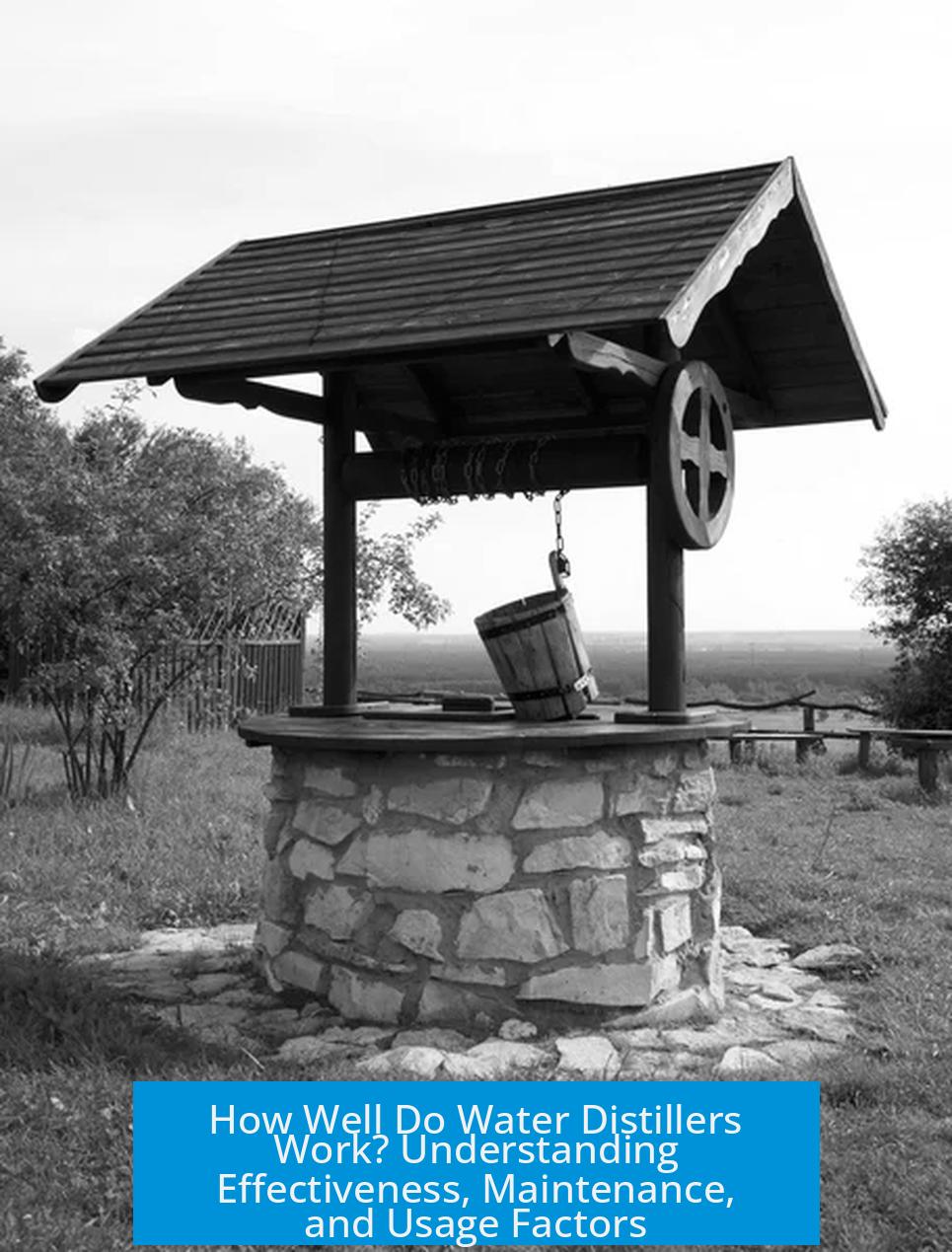
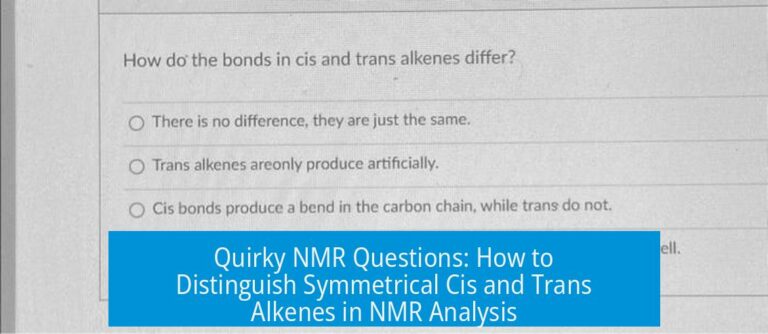

Leave a Comment